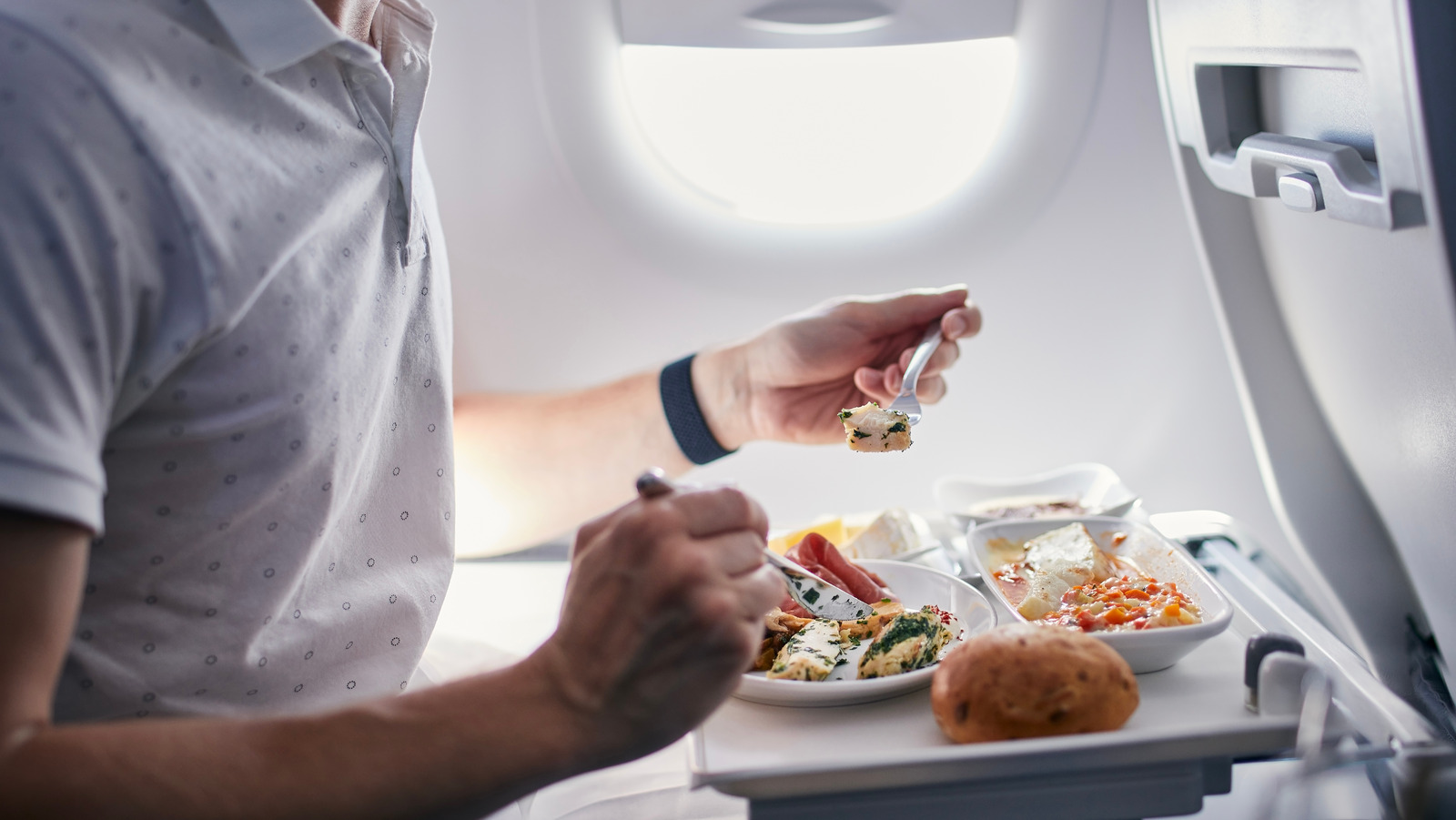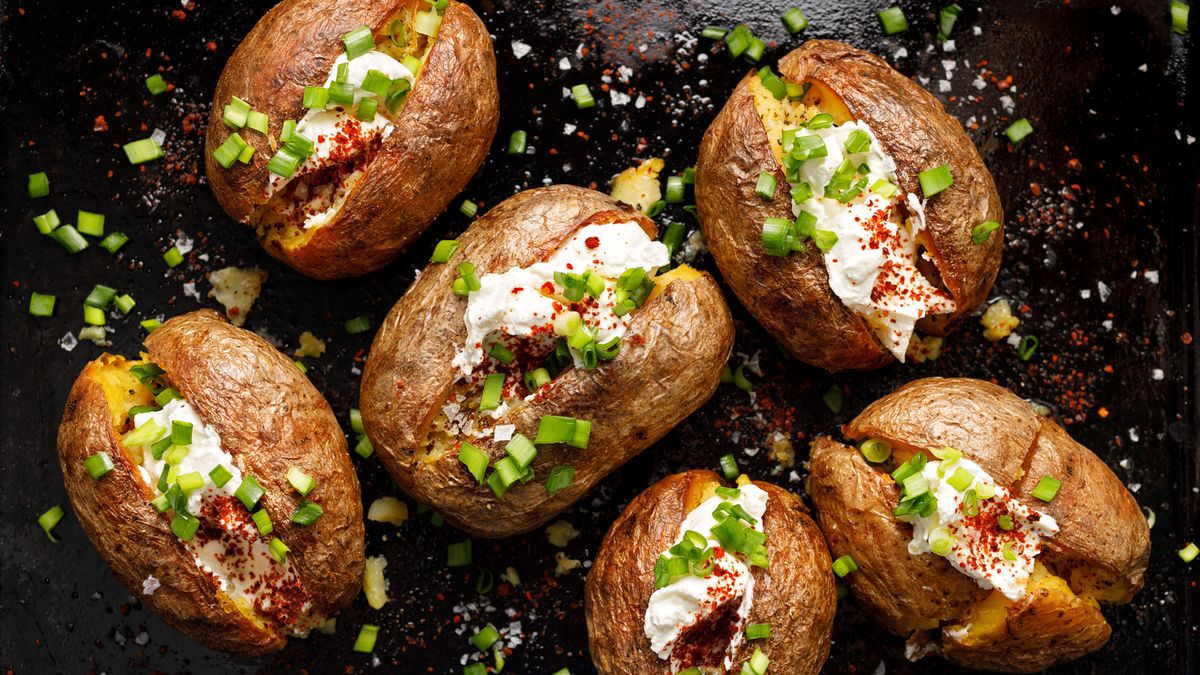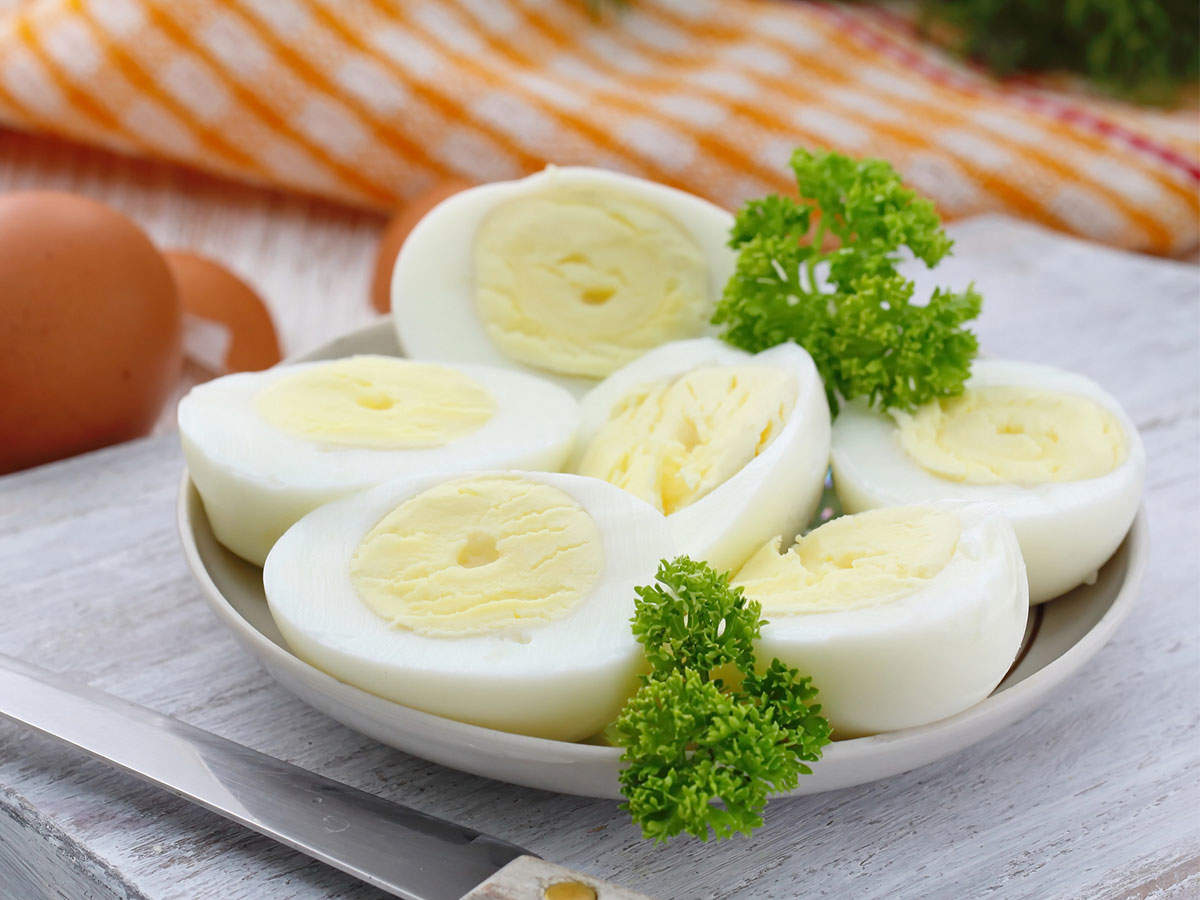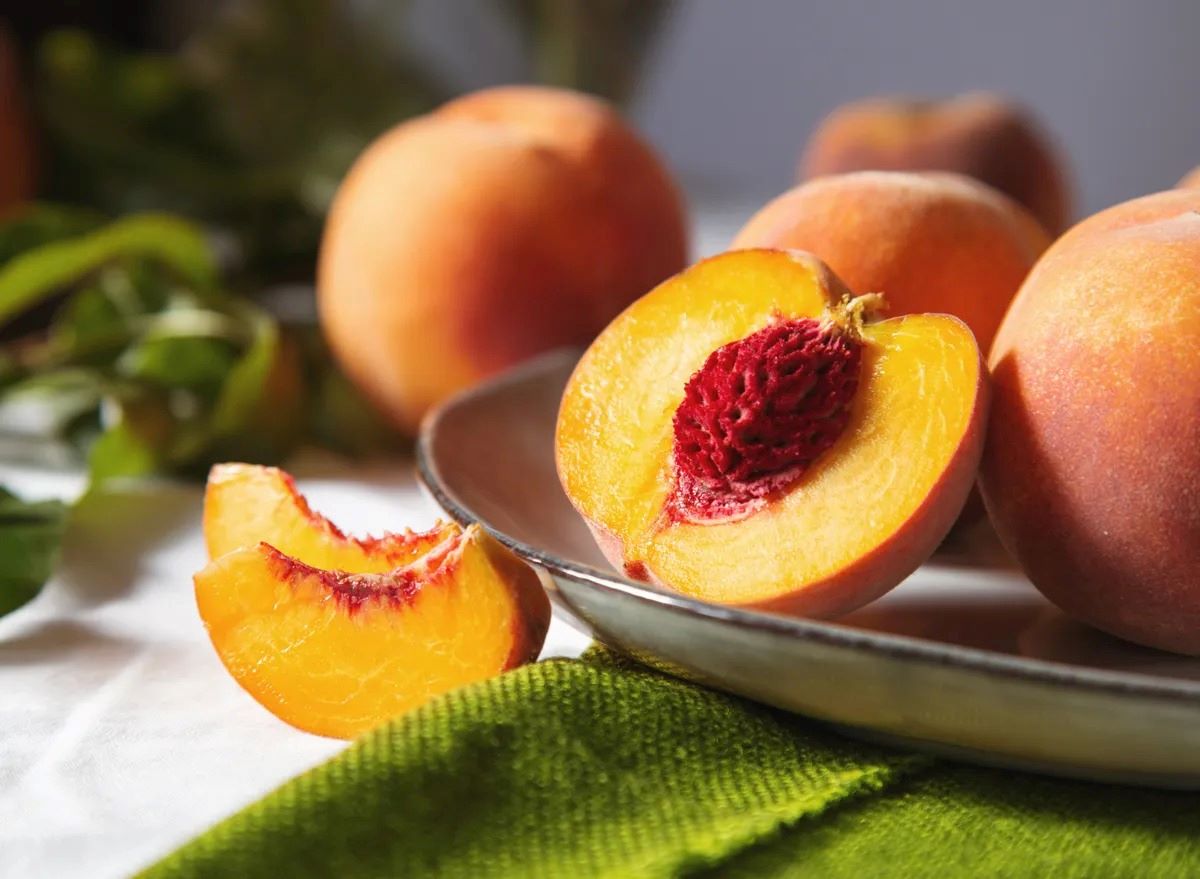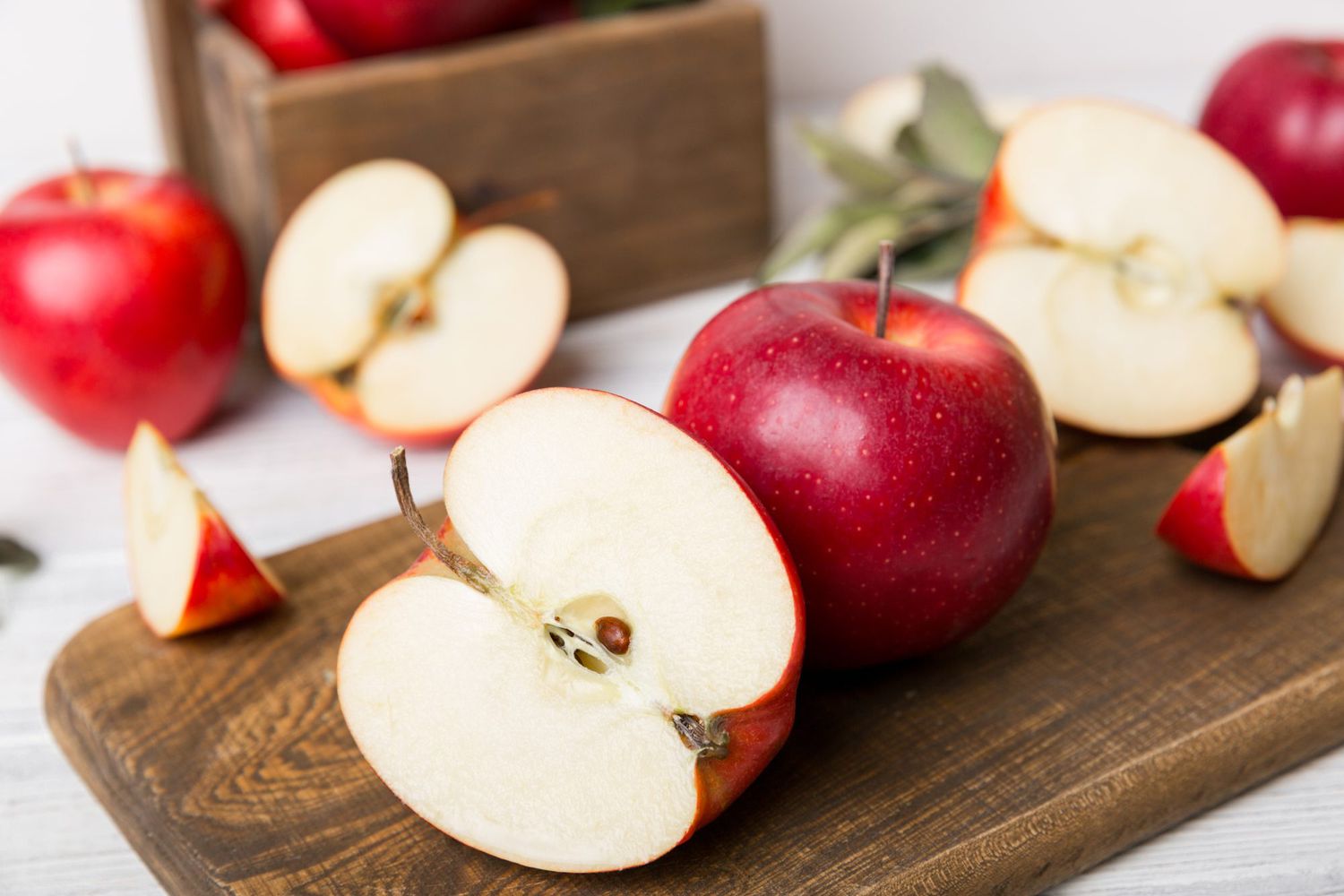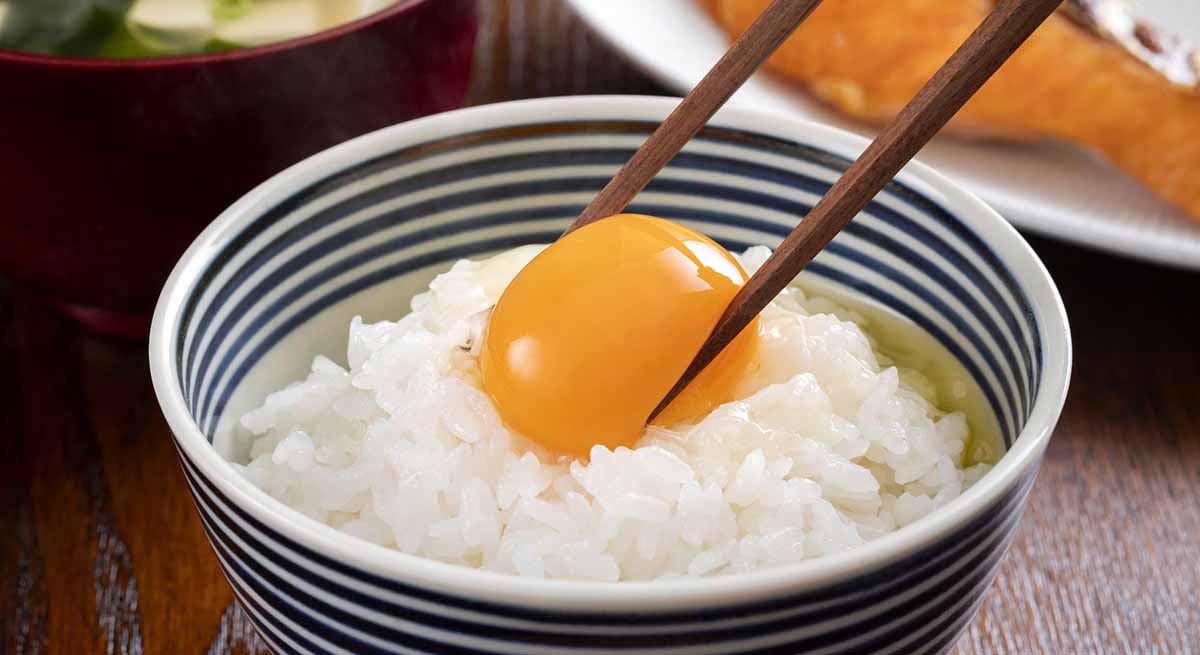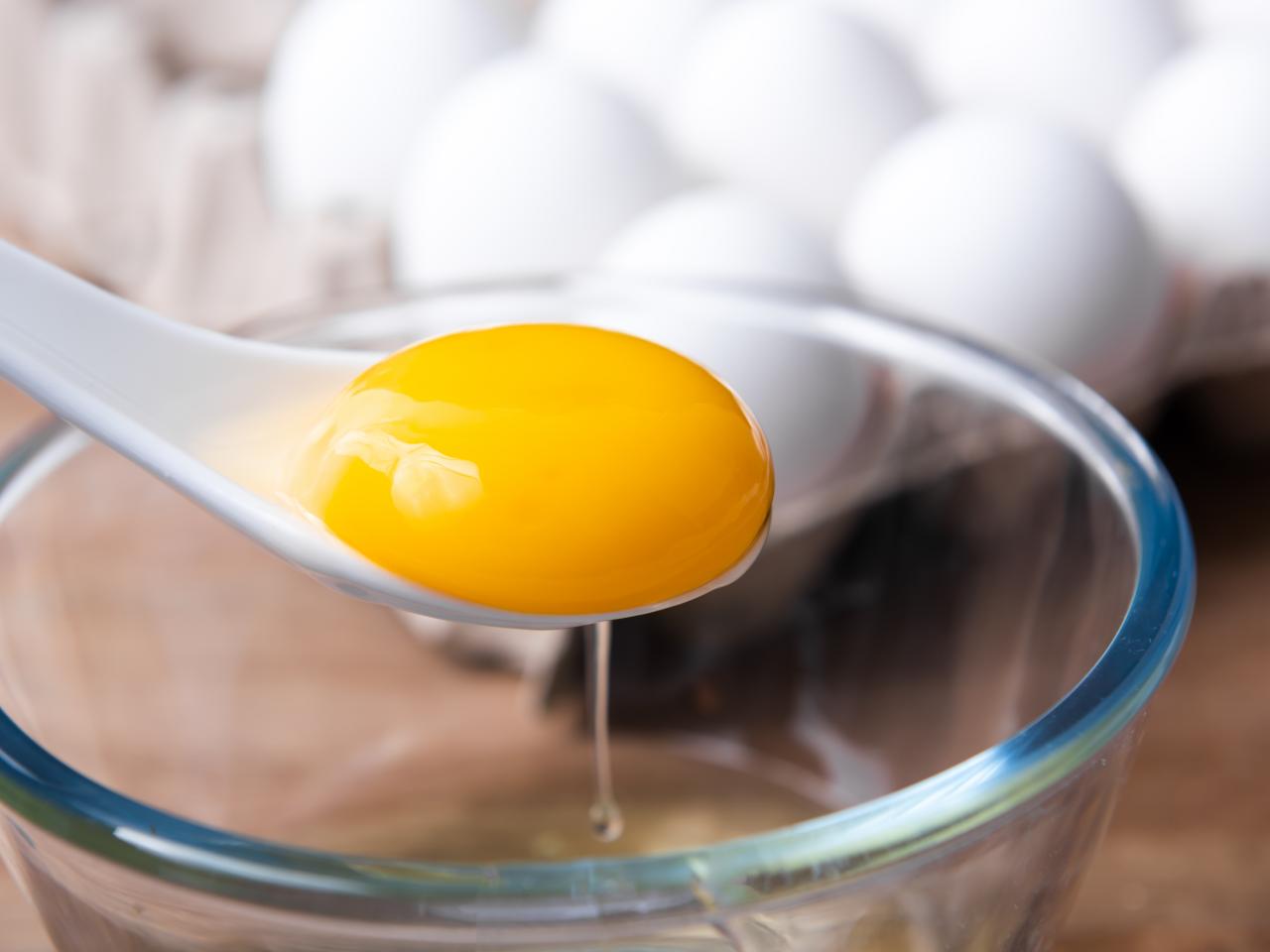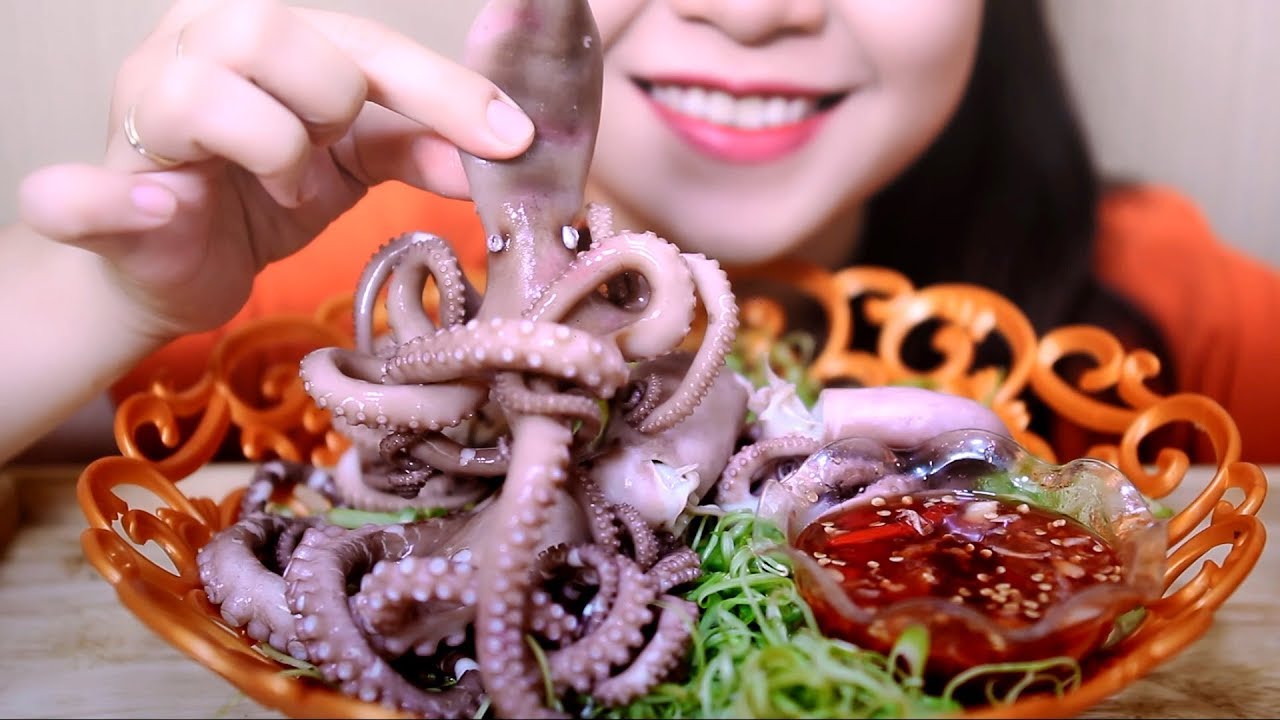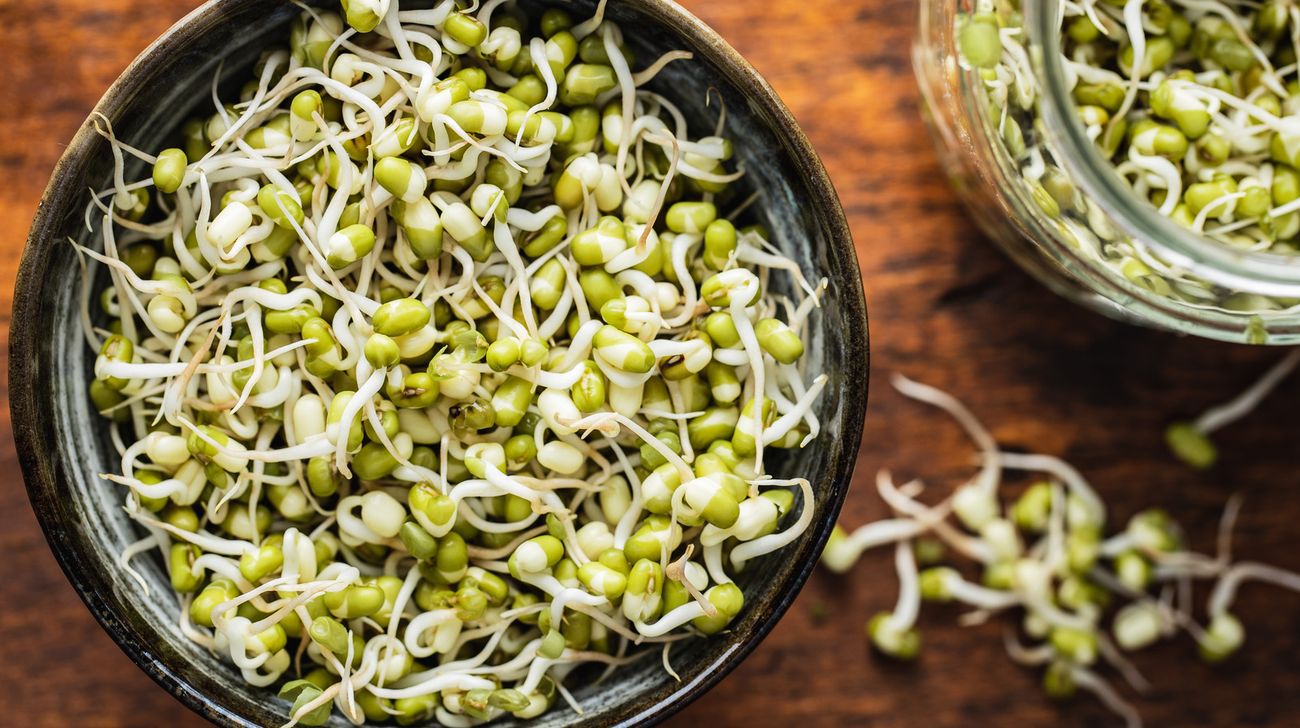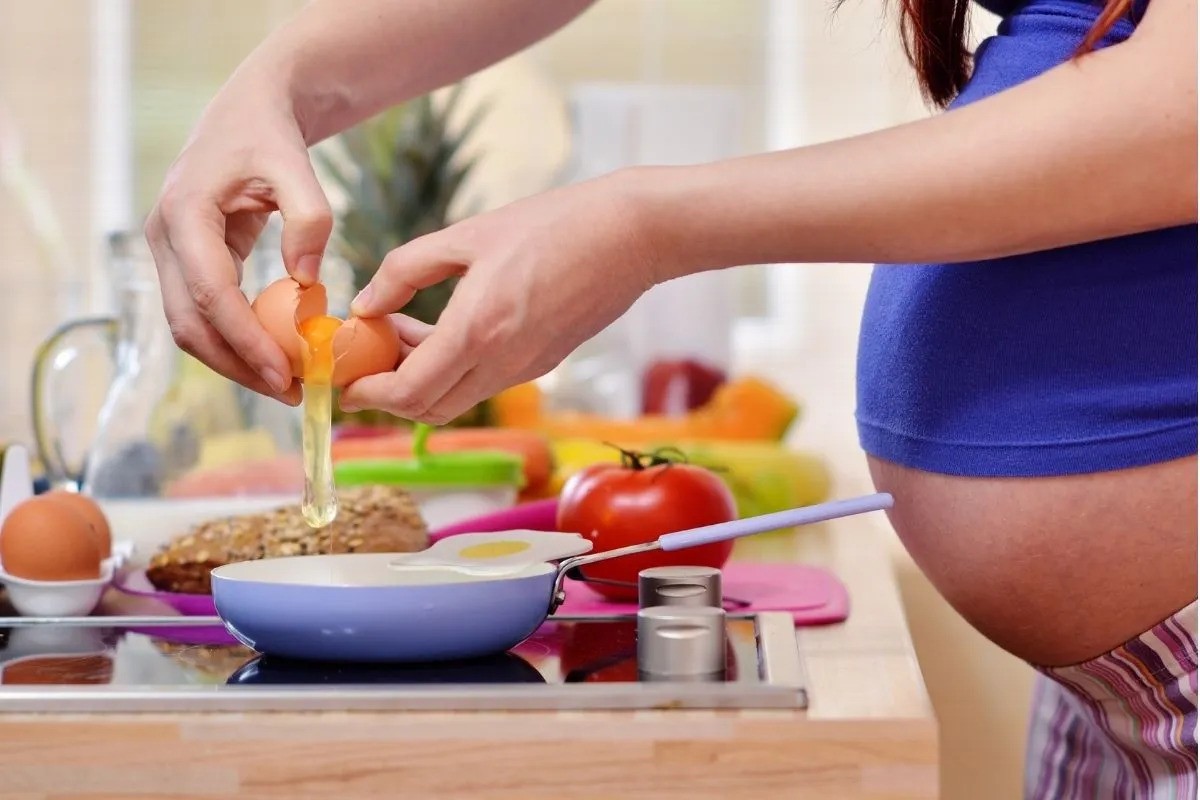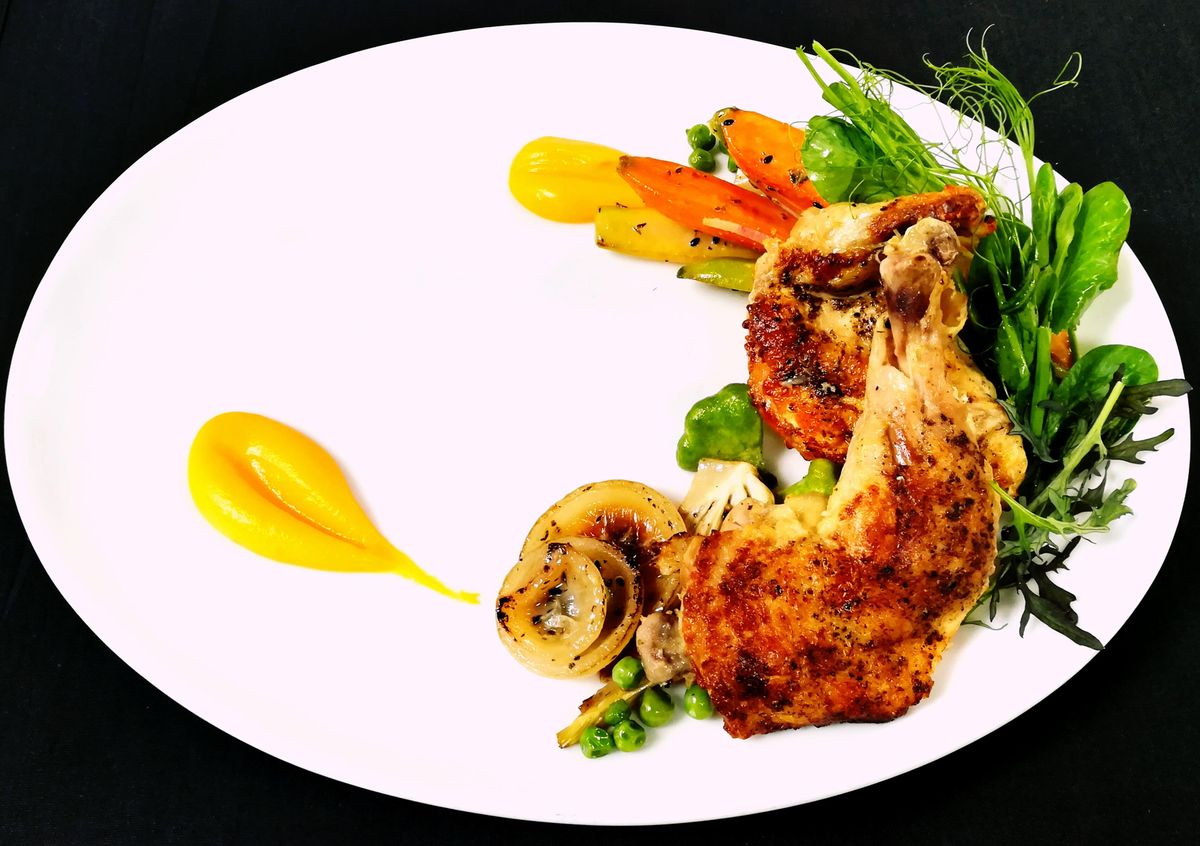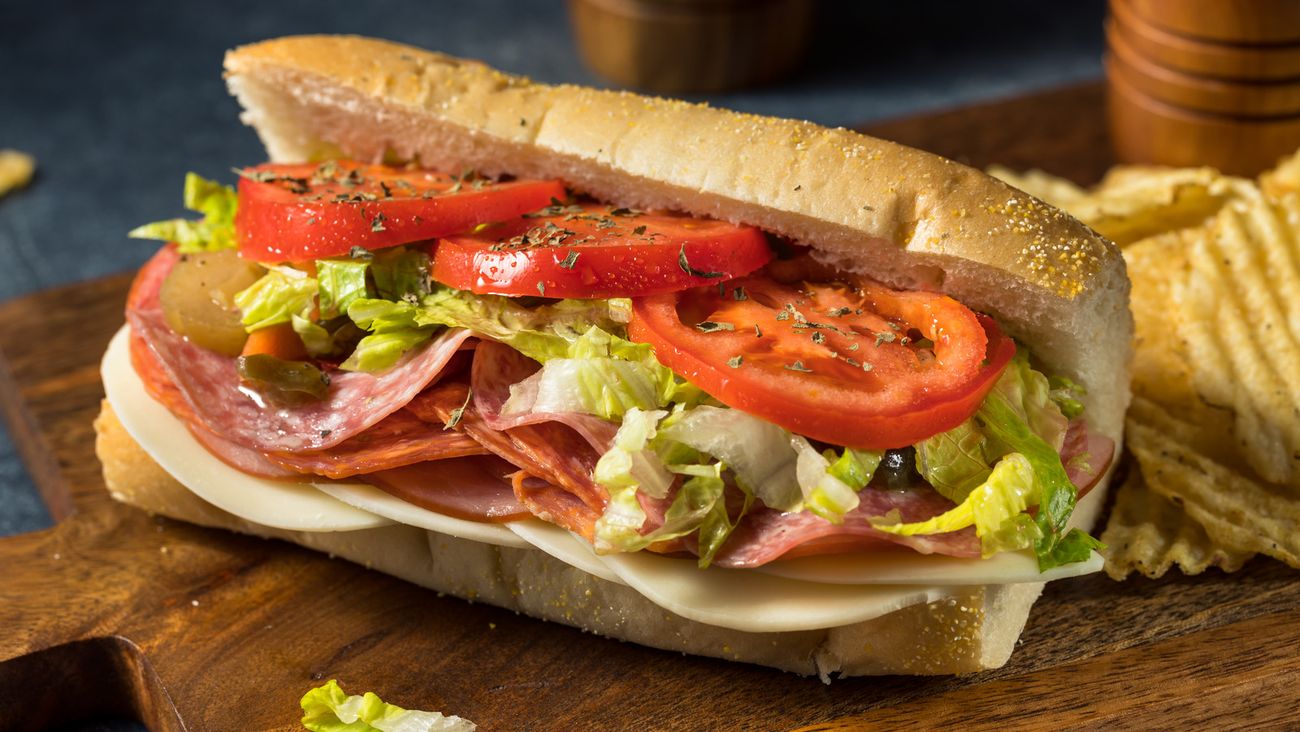Tips for Safe Eating on an Airplane
When it comes to flying, one of the most common concerns for travelers is the food served on airplanes. With the confined space and limited resources, it’s important to be mindful of what you eat to ensure a safe and enjoyable journey. Here are some tips for eating safely on an airplane:
1. Pack Your Own Snacks
Bringing your own snacks is a great way to ensure that you have safe and familiar options to eat during your flight. Consider packing items such as nuts, granola bars, fresh fruit, or pre-made sandwiches. This way, you can avoid any potential issues with the airline’s food offerings.
2. Check for Allergens
If you have food allergies, it’s crucial to check the ingredients of any pre-packaged snacks or meals offered by the airline. Most airlines provide information about allergens in their food, so be sure to inquire about this before your flight. If you have severe allergies, it may be best to stick to your own snacks to avoid any potential risks.
3. Opt for Hot Meals
When given the choice, opt for hot meals over cold ones. Hot meals are less likely to harbor harmful bacteria, making them a safer option for in-flight dining. Additionally, the heating process can help kill off any potential contaminants in the food.
4. Stay Hydrated
Drinking plenty of water is essential when flying, especially when it comes to food safety. Staying hydrated can help your body process any unfamiliar foods more effectively and can also prevent dehydration, which is common during air travel.
5. Avoid High-Risk Foods
Some foods are more prone to causing foodborne illnesses, so it’s best to avoid them while flying. This includes items like raw seafood, undercooked meat, and unpasteurized dairy products. By steering clear of these high-risk foods, you can reduce the likelihood of experiencing any food-related issues during your flight.
6. Clean Your Hands
Before eating any food, be sure to clean your hands thoroughly with soap and water or hand sanitizer. Airplane surfaces can harbor germs, so taking this extra precaution can help prevent the spread of any potential contaminants to your food.
7. Be Mindful of Food Handling
When handling your in-flight meal, be mindful of how it is served and stored. If something seems off or if the food doesn’t appear to be at the right temperature, it’s best to err on the side of caution and avoid consuming it.
By following these tips, you can enjoy your in-flight dining experience while prioritizing your health and safety. Whether you’re traveling for business or pleasure, being mindful of what you eat on an airplane is an important aspect of ensuring a comfortable journey.
